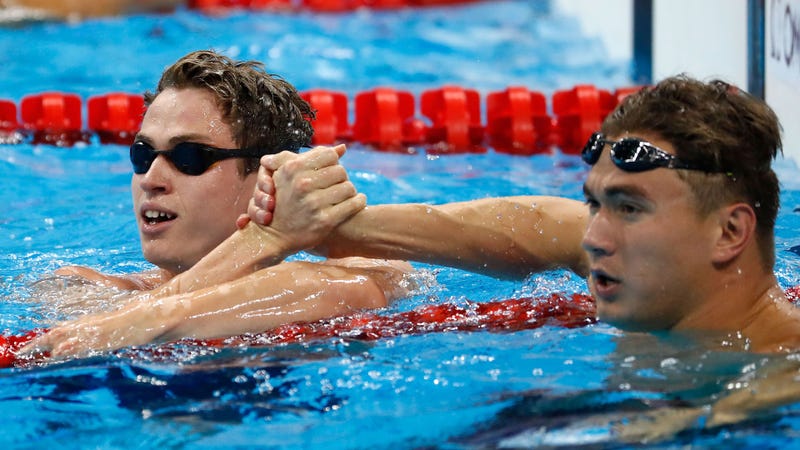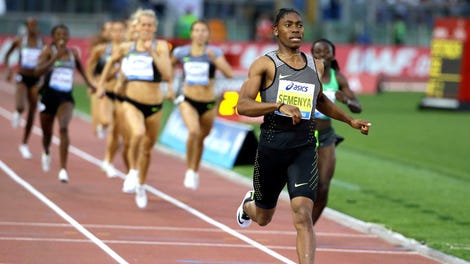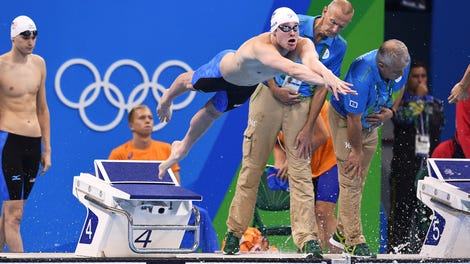
Swimming, like most racing sports, is relatively simple. Competitors swim back and forth across a pool, for a set distance, using a set stroke. There are more technical skills needed to succeed in the pool than on the track, but hydrodynamic butterfly entry techniques aside, it’s a straightforward sport, and determining the hierarchy in a given event is a matter of putting everyone in a pool and racing. Not much else, to the naked eye, goes into it.
Now a series of recent reports assert that there was a current in the pool at the Rio Olympics’ Aquatic Stadium that might have skewed the results. A current would affect a race of any distance, especially in a sport with such tight margins, but less so in longer events. If you’re swimming three kilometers, you’ll go back and forth enough that the boost given by the current will be cancelled out by having to take a return trip in the opposite direction. But the 50 meter race is only one length of the pool so, theoretically, if there was a current the 50 meter results could be skewed.
In 2014, researchers from Indiana University concluded that the 2013 World Championships were hosted in a pool with a current in it. The 2013 Worlds were held in Barcelona, and in that case, swimmers from one side of the pool drastically and consistently outperformed their counterparts on the other side in the 50 meter race. Results from the Rio Olympics have been very similar.
Swimming site Swim Swam published a report this morning by Barry Revzin that showed that swimmers in lanes 5 through 8 had a marked advantage over racers in lanes 1 through 4. The deviation was not as pronounced as the margins from Barcelona, but Revzin discovered an average of a 0.2 percent advantage for each lane a swimmer moved closer to 8. If that seems inconsequentially small, it’s worth pointing out that the winner in the women’s 50 meter freestyle only beat the sixth-place finisher by 0.12 seconds. Revzin concluded the post thusly:
These results are very disconcerting to me, but do not in and of themselves prove that there is a problem. However, the data strongly point to serious problem in the pool which could have led to an unfair competitive environment, especially in the 50m freestyles. I think it should be investigated.
As the Wall Street Journal also reported today, someone did. The same Indiana scientists who published the 2014 study about the Barcelona pool analyzed the results from Rio and reached the same conclusion: The results are skewed in a way that suggest a current in the pool. All but one medalist in the men’s and women’s 50 meter freestyle came from the outside lanes, and of the 16 swimmers who qualified for the finals, 15 of them swam in lanes 4-8. Additionally, athletes who swam in outside lanes during the heats then moved inside as the competition went on slowed down, which is rather atypical for big meets like the Olympics.
The research team was led by Joel Stager, director of Indiana’s Counsilman Center for the Science of Swimming, who told the Journal of the findings: “It’s a big deal. This is horrific.”
Apparently, temporary pools such as the one used in Rio are more likely to develop currents. The Journal spoke with the chairman of the company that built the Rio and Barcelona pools, and she confirmed that they’d done float testing and picked up no currents. Swimming’s ruling body FINA said that they would be reviewing the evidence, but even if they discover a current, it’s not like they’ll bring everyone back to Rio to re-run the 50 meter finals. American fans can rest easy: The only swimmer who medaled from an inside lane was Anthony Ervin, who won gold from lane three.






